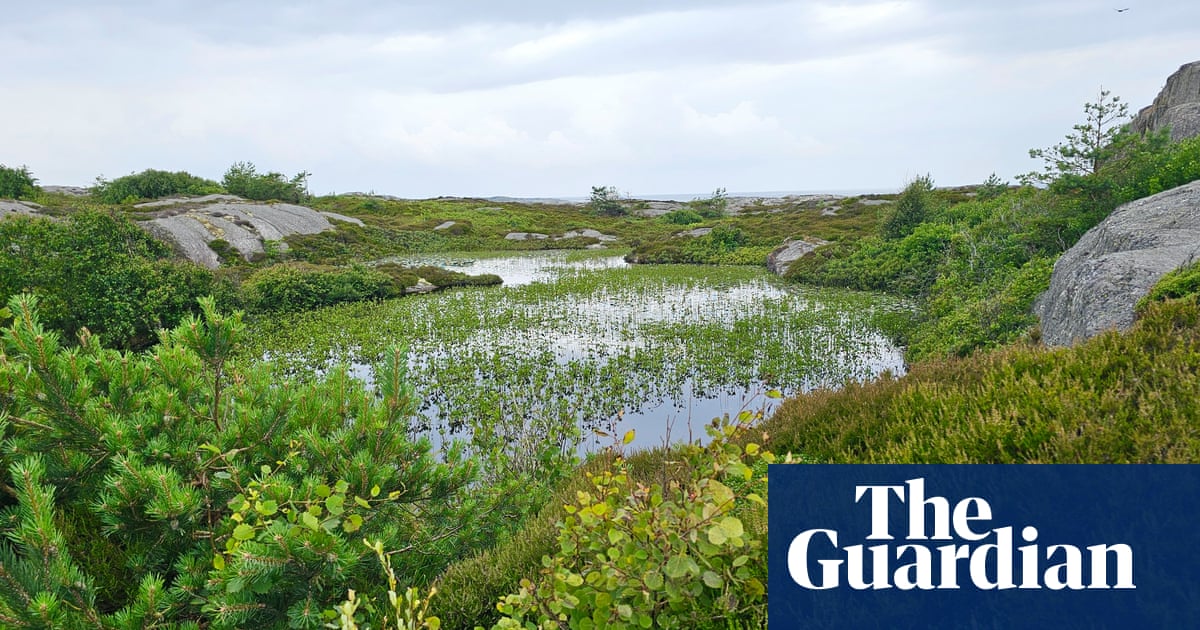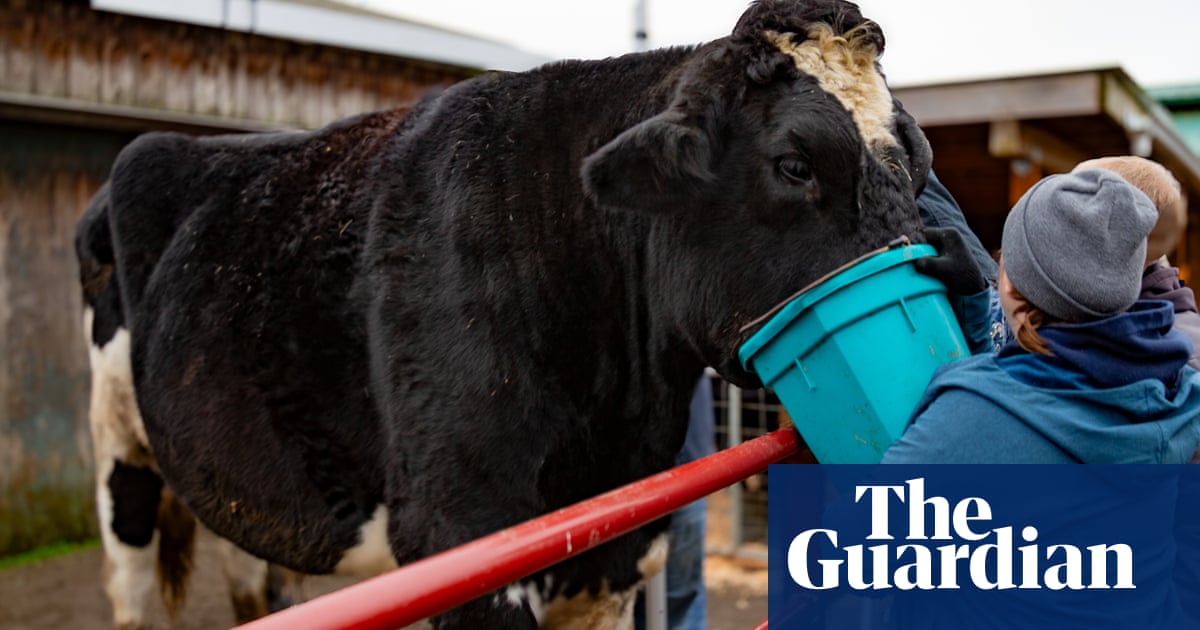The ferry ride takes just five minutes, crossing the Sound from the island of Tjörn to the smaller, car-free Härön. Red-roofed wooden houses, their walls brightly painted in ochre, white or Swedish red, stand grouped along the shoreline, with rounded bluffs of rock rising behind them. Boats nudge against jetties, places to plunge into the sea after the heat of the sauna.
Smooth outcrops of granite knuckle through the thin soil and, with few garden boundaries here, the island’s wild plants – among them the dusky purple sand leek – mingle with the cultivated. Our path leaves the strand for cow pastures, before we reach boardwalks that brush past citrus-scented bog myrtle. Then the way climbs on to high ground of bare rock, heather and juniper scrub, with multi-stemmed Scots pines, wind-pruned into dynamic shapes.
It is a place of contrasts, a mixture of dry ground and bog, creating varied habitats: vast curving slabs of rock where thin grasses and flowers sprout along the cracks or in hollows; wet places bright with bog cotton and silver lichen; the occasional quiet lochan, cradled in the land, its calm surface holding bog bean and water lilies.
Most of Härön – about 40 miles north-west of Gothenburg – became a nature reserve in 1997, and the last remaining farmstead, called Ängen, is traditionally managed through a cycle of hay-cutting, arable and grazing. The narrow fields that fill a long, thin valley have only ever been enhanced with seaweed or natural fertiliser. Poppies grow among tall cereal crops and the margins are full of wildflowers: agrimony, lady’s bedstraw, St John’s wort and hare’s foot clover. Threatened arable weeds such as corncockle have been planted in the fields and verges using local seed. In the woodland edges, we see rampion and the squat towers of pyramidal bugle.
The hay meadows of Ängen are nearing cutting time, but there are still orchids flowering among the yellow rattle-suppressed grasses. Swallows swoop from their cupped nests in the barn and small skipper butterflies dart between betony and dandelions. It is a place to slow down. Later that night, I am lulled to sleep by the slow slap of water through an open window.
Country diary is on Twitter at @gdncountrydiary



